15 Overhyped Foods That Might Let You Down
Some foods get a lot of hype, but once you try them, they don’t always live up to the buzz. They may look great on social media or sound impressive on menus, yet the taste and experience can be underwhelming. Here are some popular foods that aren’t quite as amazing as they’re made out to be.
This post may contain affiliate links, which helps keep this content free. Please read our disclosure for more info.
Avocado Toast
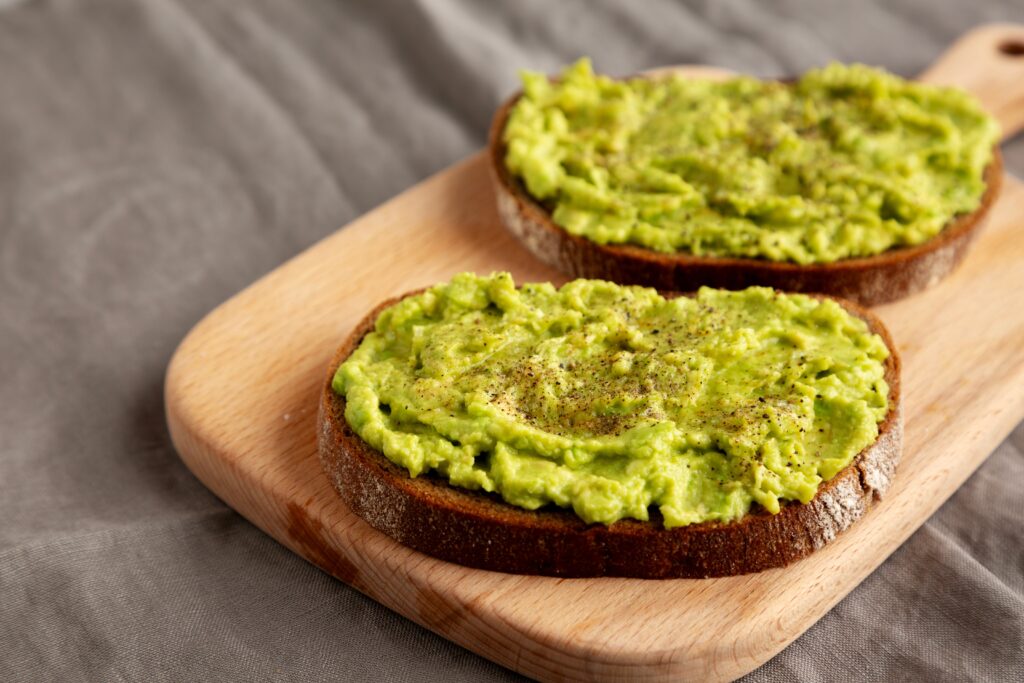
Avocado toast has become a symbol of trendy café culture, but in reality, it often feels overpriced for what it is. At its core, it’s simply mashed avocado spread over bread, sometimes topped with a sprinkle of seasoning or a poached egg. While the visual appeal is undeniable, the simplicity of the dish rarely justifies the cost in restaurants.
Beyond the price, avocado toast isn’t particularly filling compared to other breakfast options. The creamy avocado can feel heavy after a few bites, and without protein-rich toppings, it leaves many people hungry shortly after eating. It’s a dish that looks Instagram-worthy but doesn’t always live up to its reputation when it comes to satisfaction.
Kale Smoothies
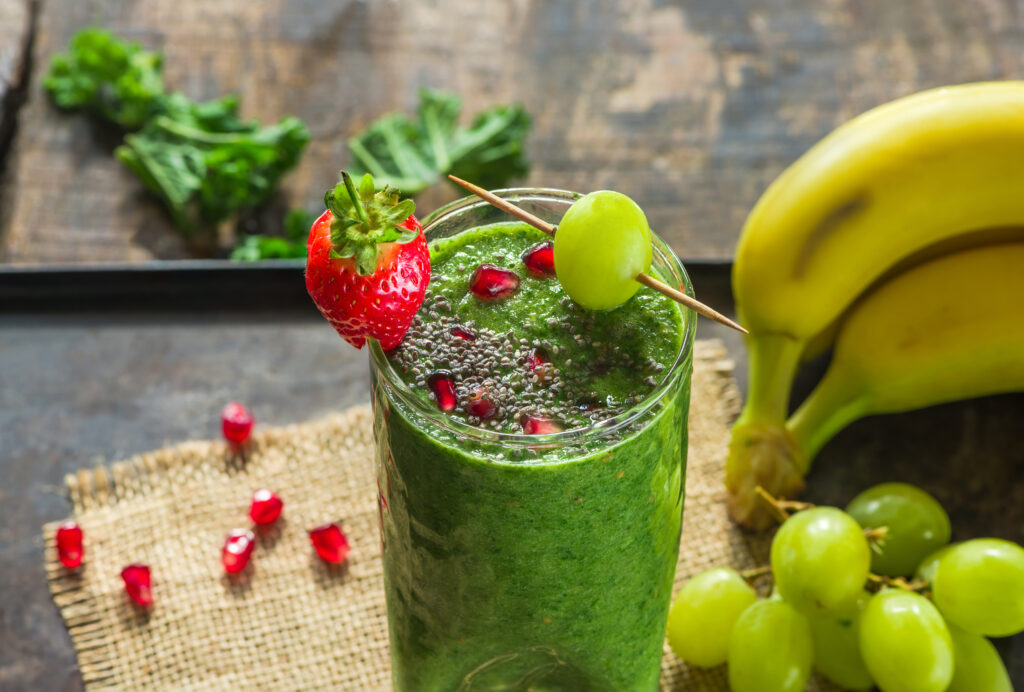
Kale smoothies are often advertised as a powerhouse drink, but the flavor can be harsh and earthy. Blending raw kale with fruits and liquid doesn’t always mask its bitter notes, leaving a gritty texture that’s not very enjoyable. Many people force themselves to drink it for health reasons rather than pleasure.
Even when masked with sweet fruits, the balance can feel off, turning the smoothie into something more like a chore than a treat. On top of that, the nutrient absorption from raw kale is limited unless prepared correctly. While it carries a healthy image, the actual taste and experience don’t always measure up to the marketing.
Acai Bowls
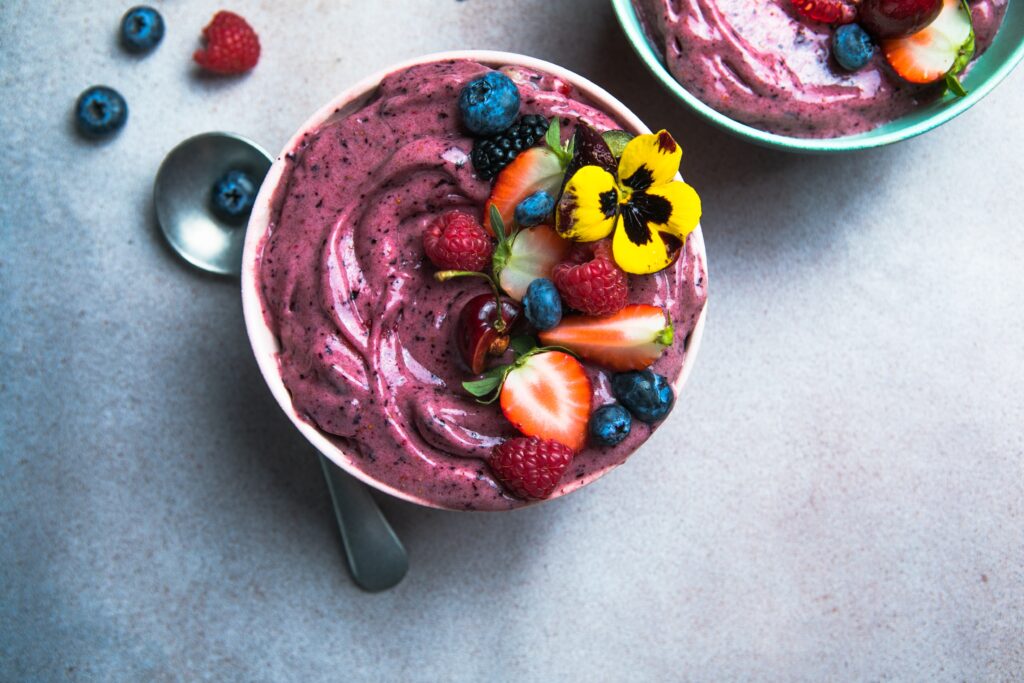
Acai bowls are celebrated for their vibrant colors and tropical vibe, yet they often pack in more sugar than expected. The base is typically sweetened, and toppings like granola, honey, and fruit add even more sugar content. This makes them less of a healthy breakfast and more of a dessert in disguise.
Their texture can also be inconsistent, sometimes melting quickly and leaving a watery mess. While beautiful in presentation, they don’t always satisfy hunger for long periods. For those looking for a filling and balanced meal, an acai bowl may not deliver on its promise.
Charcoal Ice Cream
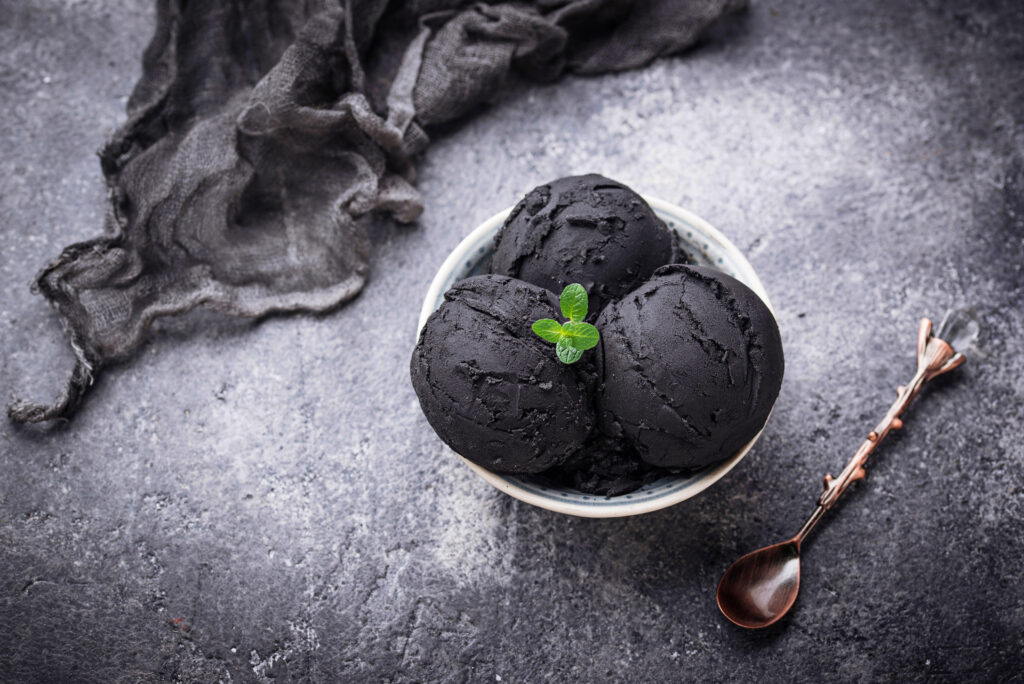
Charcoal ice cream looks unique with its striking black color, but the flavor is usually underwhelming. Most versions taste bland, chalky, or slightly smoky, leaving many disappointed after the first bite. The novelty factor overshadows the eating experience.
Some people even find the texture less creamy compared to traditional ice cream. While it photographs well for social media, it rarely becomes anyone’s go-to flavor. The hype tends to fade once you’ve tried it once.
Gold-Coated Desserts
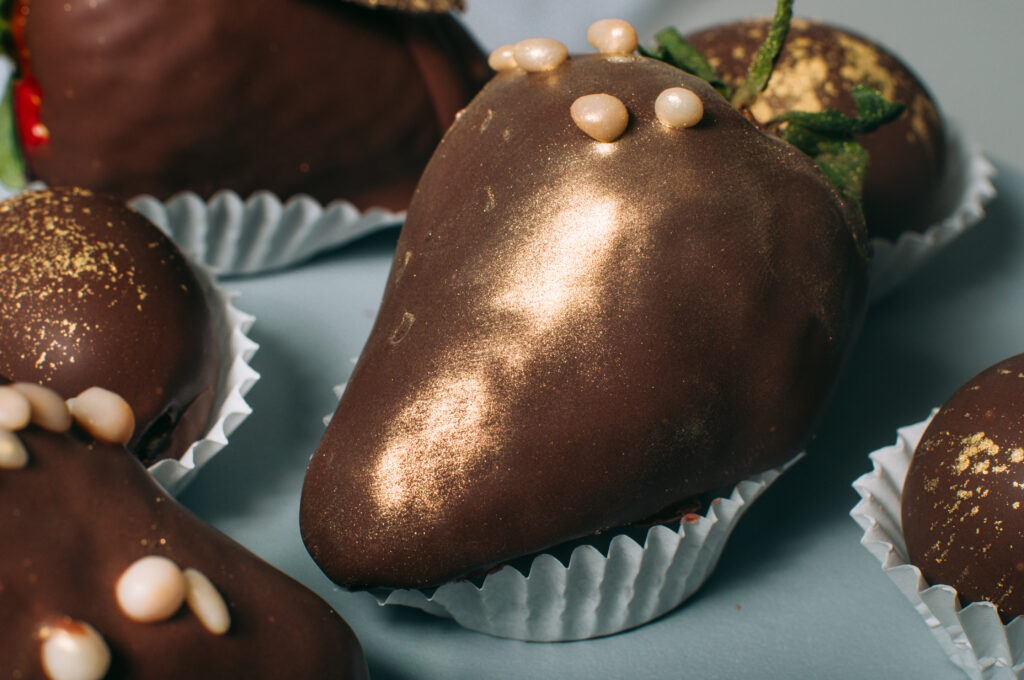
Desserts wrapped in edible gold sound luxurious, but the gold itself has no flavor. People pay high prices for a decoration that adds nothing to the actual taste of the dish. It’s more about presentation than genuine enjoyment.
In fact, the gold can even feel like a distraction from what could otherwise be a well-made dessert. Instead of enhancing flavors, it acts as a visual gimmick. These treats are often more memorable for their cost than their quality.
Quinoa Everything
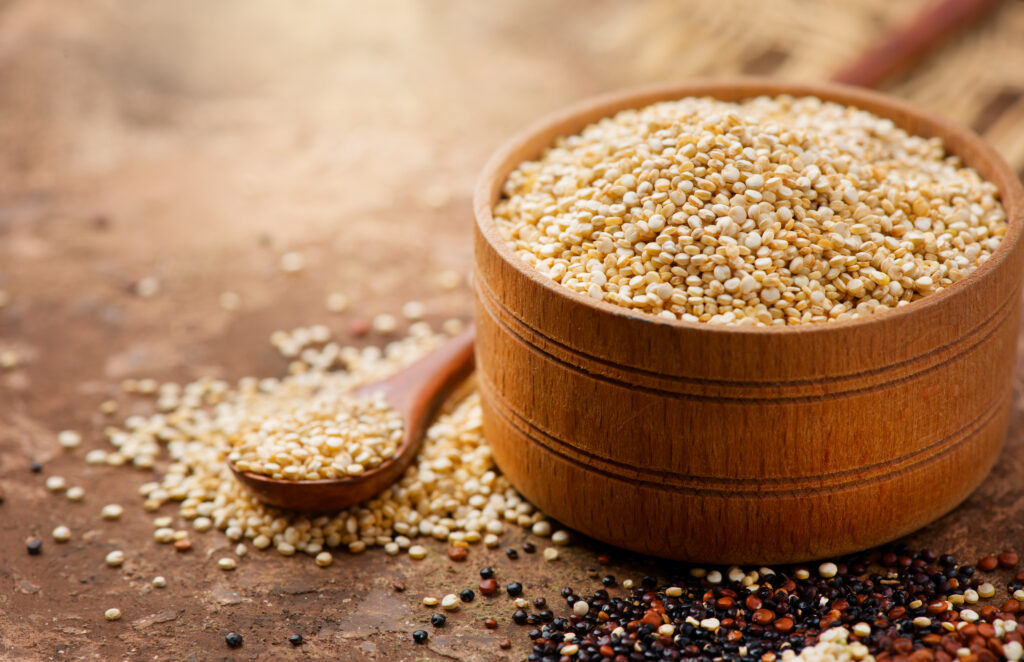
Quinoa has been praised as a superfood, but in practice, it doesn’t work well in every dish. Its nutty flavor and small grain size can feel bland or dry when not seasoned properly. People expecting a satisfying substitute for rice or pasta often end up disappointed.
Restaurants and recipes tend to overuse quinoa, throwing it into salads, bowls, and even baked goods. This repetition makes it feel less special and more like a filler. While it has nutritional benefits, the taste often falls flat without heavy seasoning.
Rainbow Bagels
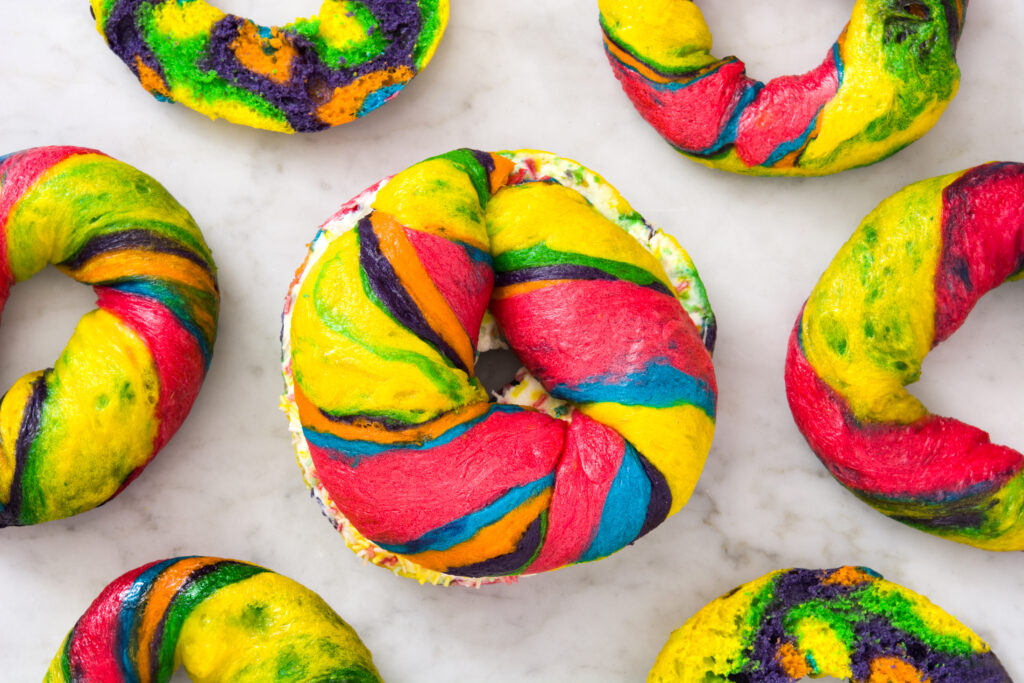
Rainbow bagels catch the eye with their bright swirls of color, but the flavor is nothing special. They usually taste just like plain bagels, with the color being the only unique feature. Once the novelty wears off, it feels like an ordinary breakfast item.
Many people are drawn to them for photos rather than for taste. Compared to a fresh, well-made bagel, rainbow versions lack depth in flavor and texture. They serve as a reminder that looks don’t always equal quality.
Matcha Lattes
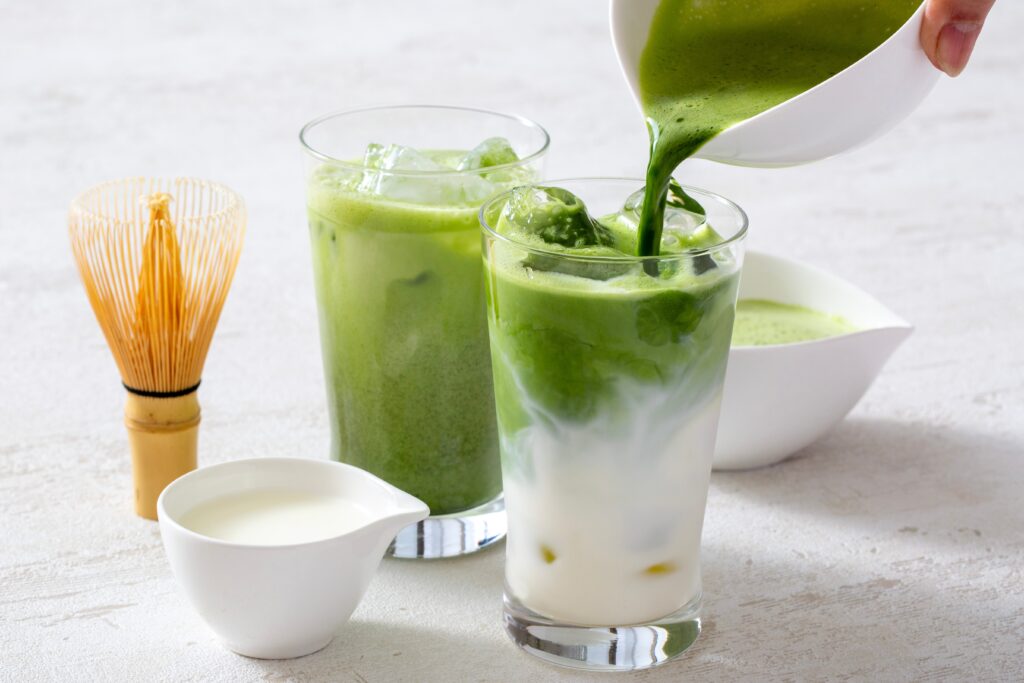
Matcha lattes are often promoted as a refined alternative to coffee, yet the flavor can be divisive. The grassy, earthy notes don’t appeal to everyone, and for some, it feels too strong or even bitter. The cost is usually higher than a regular latte as well.
Even when sweetened, the unique taste may not match the creamy richness that people expect from their drinks. Many first-time drinkers are left unimpressed despite the hype. It’s a trendy choice, but not always a satisfying one.
Kombucha
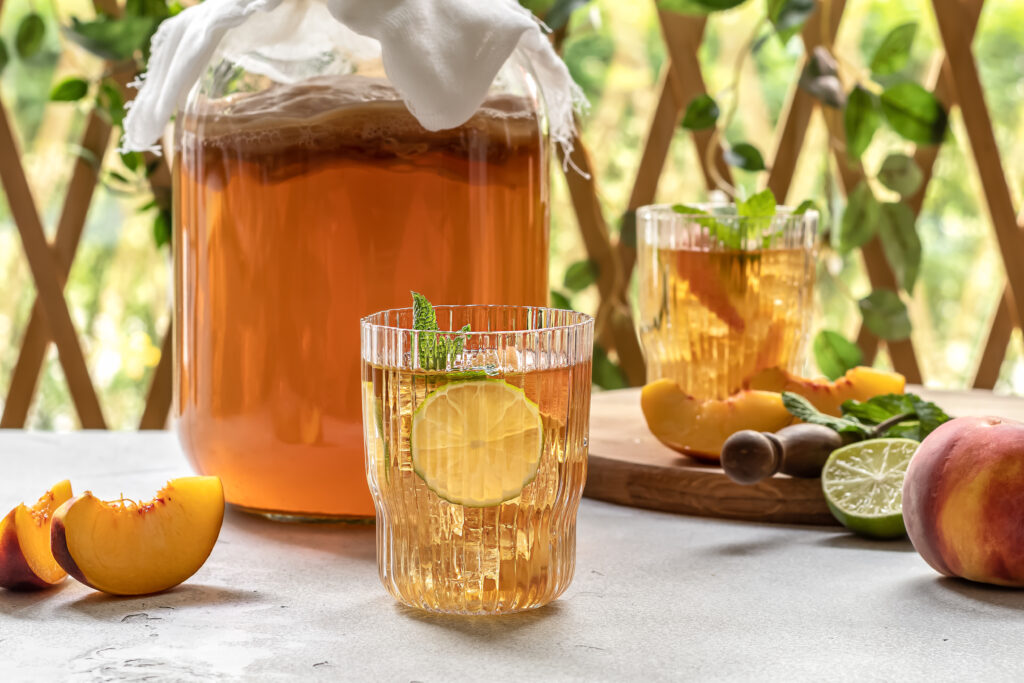
Kombucha is praised for its probiotics, but its flavor profile is an acquired taste. The tangy, vinegary notes can be off-putting to people expecting something closer to soda or juice. For some, it feels more like drinking a strange tonic than a refreshing beverage.
Even within the same brand, flavors can vary widely in taste and carbonation. Some are overly fizzy, while others feel flat. While marketed as a healthy choice, the experience often divides people more than it delights them.
Unicorn-Themed Treats

Unicorn cakes, drinks, and desserts look magical, but the flavors are often lackluster. They rely heavily on food coloring, sprinkles, and artificial flavors. The result is a sugar-heavy treat that’s more spectacle than substance.
After the first bite, most people find the taste familiar, like standard frosting or candy. The appeal is mainly visual, designed for photos rather than flavor. It’s a trend that shines online but disappoints in real life.
Plant-Based Meat Alternatives
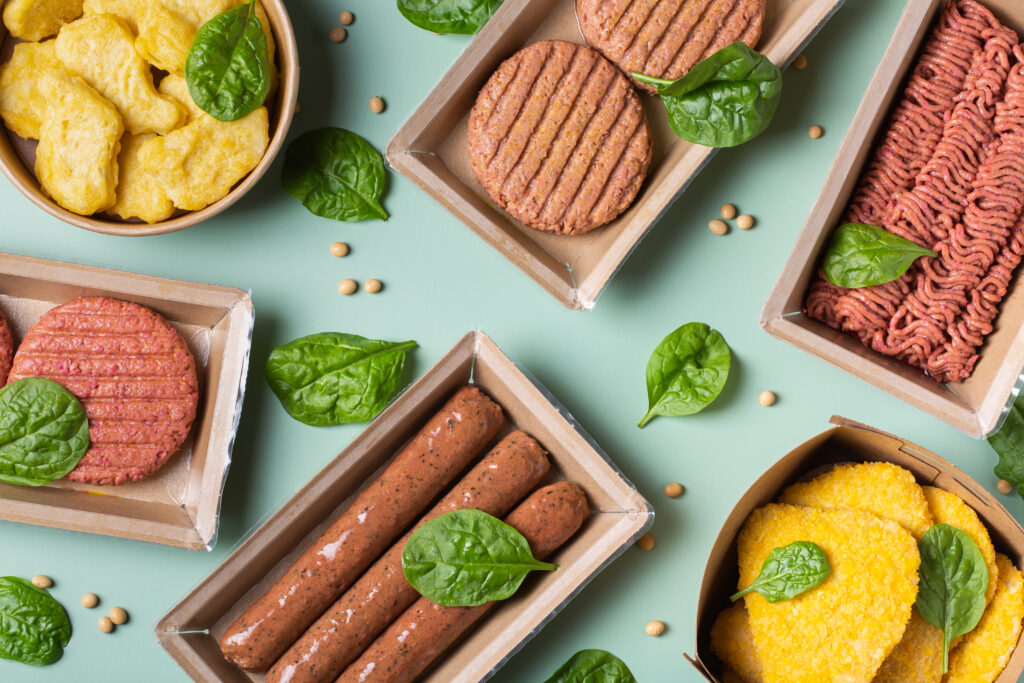
Plant-based meats promise to mimic real meat, but many fall short in both flavor and texture. Some have an odd aftertaste, while others feel rubbery or too processed. People hoping for a close substitute often leave unsatisfied.
They’re also marketed as healthier, but many are highly processed with long ingredient lists. While they work as an option for reducing meat intake, the hype doesn’t always match the eating experience. For some, they feel more like a compromise than an improvement.
Avocado Desserts
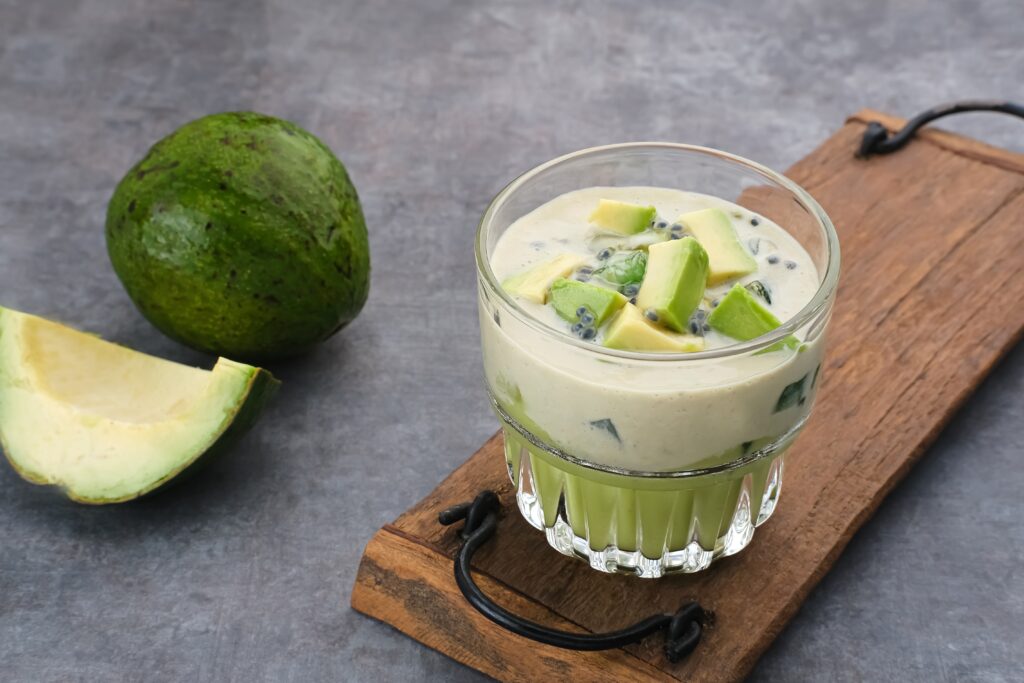
Avocado-based desserts are pushed as a creamy and healthy alternative, but the taste can be unusual. The natural flavor of avocado sometimes clashes with sweet ingredients, leaving a subtle but noticeable aftertaste. Not everyone appreciates the mix of savory and sweet.
Texture-wise, they can be silky, yet that alone doesn’t make up for the flavor mismatch. Many people try them once out of curiosity but don’t return for seconds. Despite their popularity in some regions, they remain polarizing.
Coconut Water
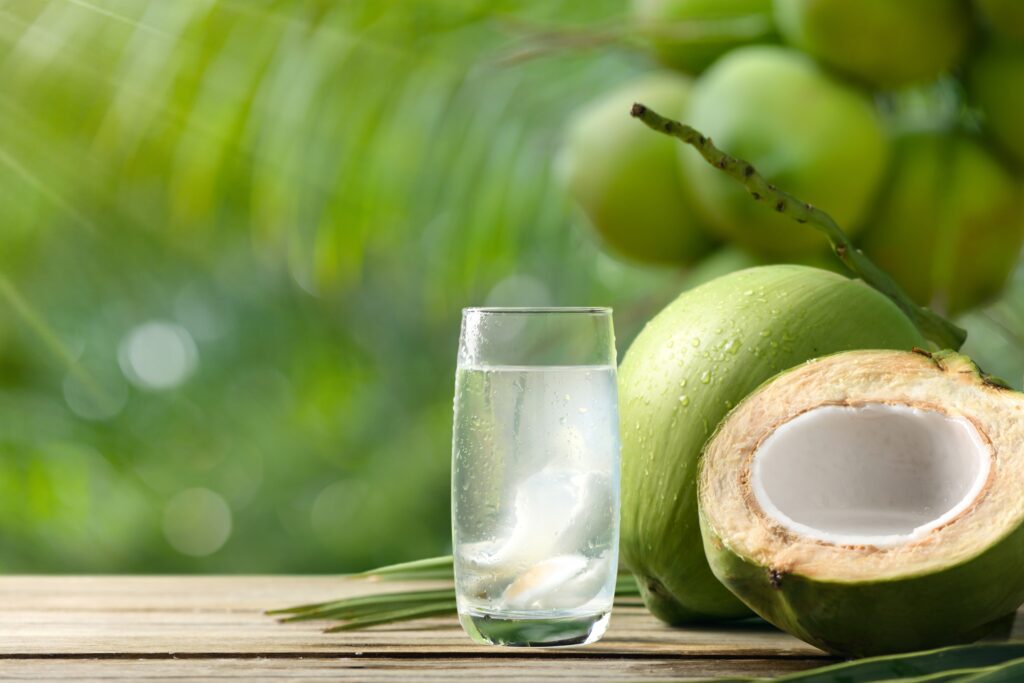
Coconut water has been marketed as a refreshing, natural drink, but the flavor doesn’t appeal to everyone. It can taste bland, slightly salty, or even sour depending on the brand. For people expecting sweetness, it often feels like a letdown.
The nutritional benefits are often exaggerated as well, since it’s essentially just lightly flavored water with some electrolytes. While great for some, others find it unappealing compared to plain water or juice. The hype around it doesn’t always match the drinking experience.
Overstuffed Milkshakes (“Freakshakes”)
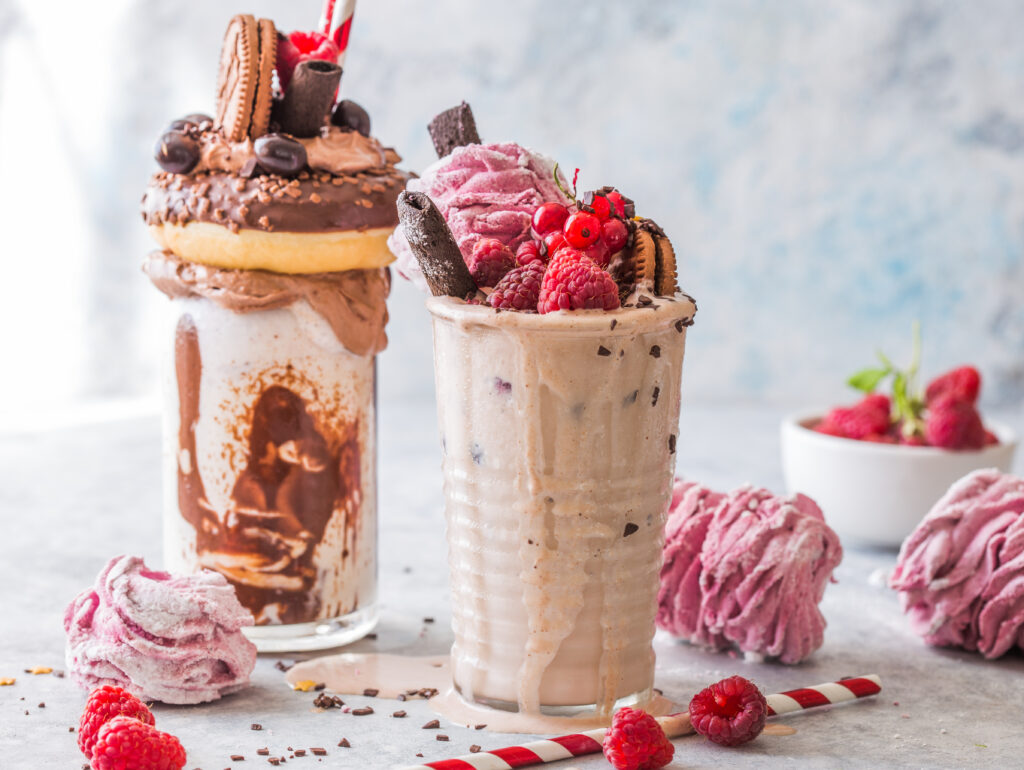
Freakshakes look incredible with candy, donuts, and whipped cream piled high, yet they’re often overwhelming. The portions are excessive, making them hard to finish. They can feel more like a stunt than a dessert.
The flavors also get muddled as toppings melt and mix into the shake. Instead of being enjoyable, the experience can turn cloying and messy. They’re fun for photos but rarely worth ordering twice.
Gluten-Free Alternatives (when not needed)
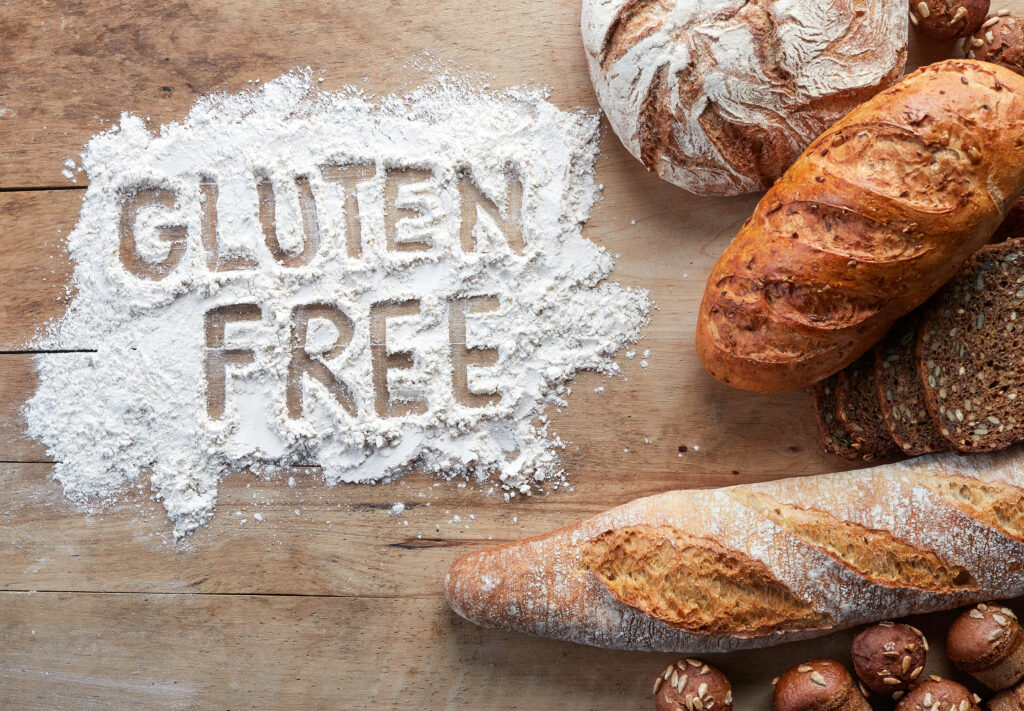
Gluten-free breads, pastas, and baked goods are essential for people with celiac disease or allergies, but for others, they can be underwhelming. The texture is often dry, crumbly, or chalky. Flavors tend to fall short compared to their gluten counterparts.
Despite their popularity, they’re not always healthier, as many rely on starches and added sugars. People who buy them out of trendiness often feel disappointed after trying them. The hype surrounding them can mislead those who don’t need gluten-free options.
This article originally appeared on Avocadu.
